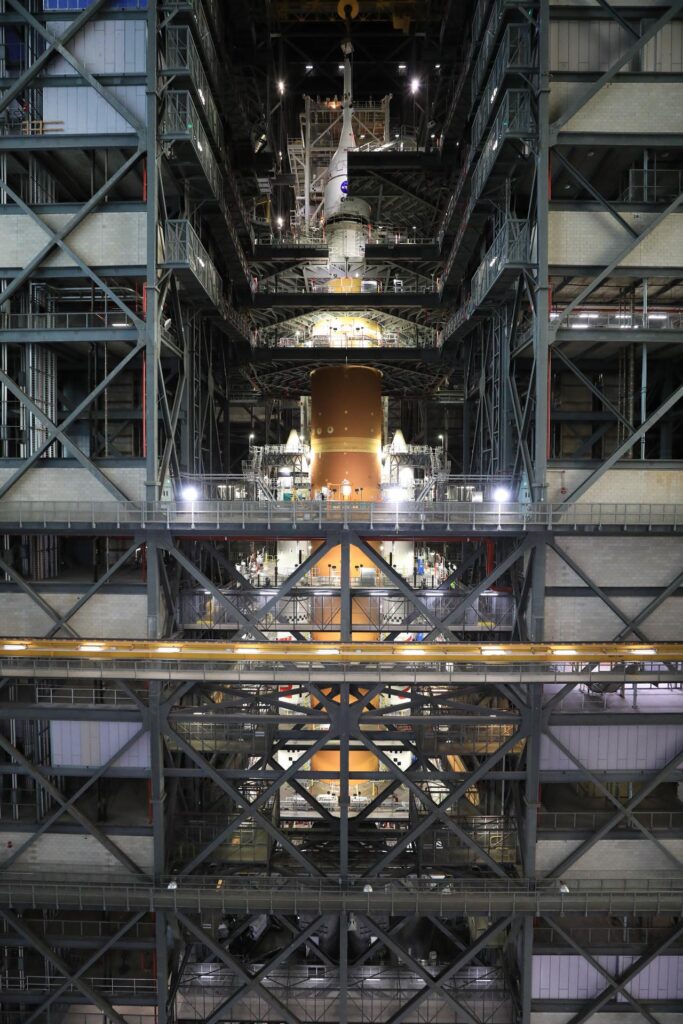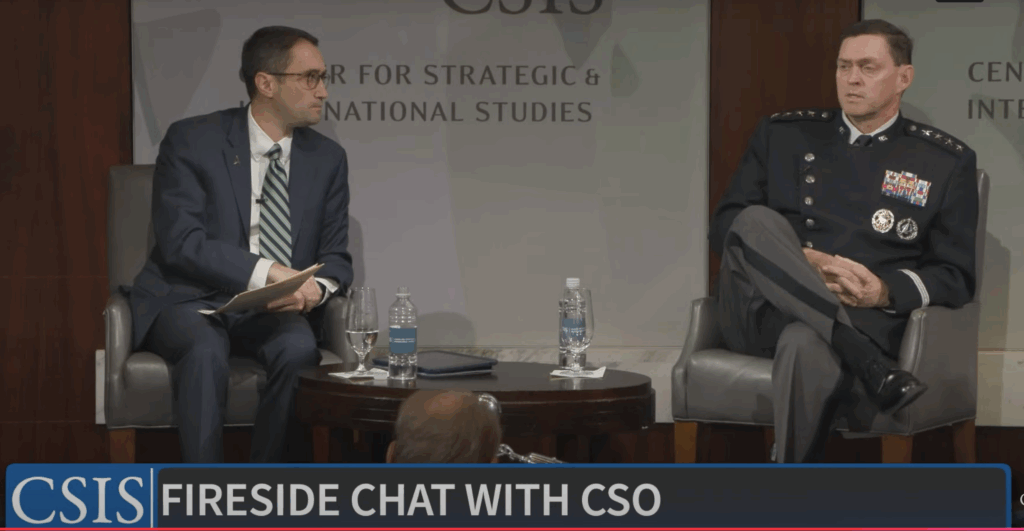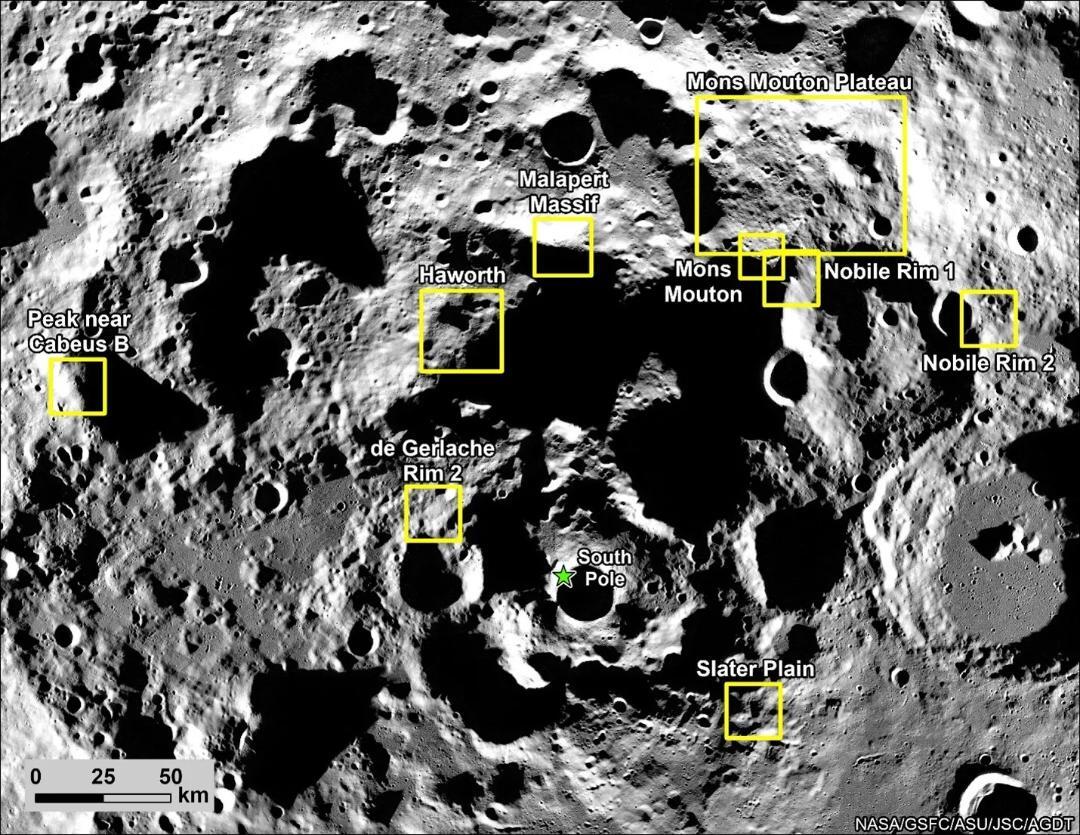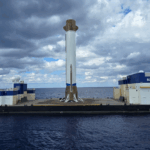Now Reading: Let’s not allow the ‘Golden Age’ of space exploration to turn into fool’s gold
-
01
Let’s not allow the ‘Golden Age’ of space exploration to turn into fool’s gold
Let’s not allow the ‘Golden Age’ of space exploration to turn into fool’s gold


In recent years, a popular slogan in the space industry has been, “We are entering the Golden Age of space exploration.” Indeed, we have witnessed unprecedented advancements in launch vehicles, the initial development of private space stations, and all other forms of space-related capabilities. This vision was strengthened even more during the inaugural address earlier this year when President Trump stated that American astronauts would “plant the Stars and Stripes on the planet Mars.” The ‘Golden Age’ not only seemed to be inevitable, but imminent.
Since then, however, the ‘Golden Age’ is looking less assured. Returning to the moon by the end of this decade and sending humans to Mars in the 2030s has come into doubt as the space industry is mired in an environment of uncertainty. In part, this is being fueled by proposed massive cuts in NASA’s budget (including a proposed 47% cut in NASA’s science budget) and the fact that many of the most brilliant minds at NASA are leaving that storied organization. Doubts have also arisen about whether we’ll succeed at returning to the moon by the end of the decade, and if there exists a robust plan to enable success with our Mars aspirations. All these factors are now compounded by the government shutdown.
As a result, we find ourselves at a critical moment that will determine whether or not the United States remains the preeminent space power in the world. For many years, pundits have predicted a day when China would surpass the U.S. in space exploration and technology, but it always seemed like a distant threat. That’s no longer the case. According to former NASA Administrator Jim Bridenstine, “Unless something changes, it is highly unlikely the U.S. will beat China’s projected timeline to the moon’s surface.” This will not be a result of us losing our scientific and technological edge, but because we have chosen to weaken our leadership in these areas, potentially leaving China as the world’s leading space power through our own neglect. Ceding leadership in space to China would be a disaster for the U.S., and would support the narrative that the U.S. is a power in decline, while the future belongs to China.
We can still win this race and solidify American leadership in space exploration for the next century. Acting NASA Administrator Sean Duffy agrees, stating, “We are going to beat the Chinese to the moon.” Fortunately for Duffy, NASA, and the space industry, an historic mission is launching in early 2026. NASA’s Artemis II mission is scheduled to send astronauts around the moon for the first time in over 50 years. These astronauts will travel a greater distance from Earth than any humans in history. This will be a monumental achievement that must be effectively leveraged to inspire the country and build political and technological momentum toward our moon and Mars vision. However, such a mission must be followed up with a lunar landing in the current decade.
Congress has also taken steps to safeguard U.S. leadership in the form of Authorization bills and Appropriations bills in both the U.S. Senate and House of Representatives. Both versions of the NASA Appropriations bill return NASA’s top-line budget to just under $25 billion (roughly the same as FY 2025). While these bills will help stop the bleeding at NASA, simply returning NASA’s budget to 2025 levels is not enough. These bills must demand a clear mandate (political, budgetary, and structural) for NASA, commercial industry, and other partners to take the necessary steps to:
- Return to the surface of the moon no later than 2028.
- Commit to an ambitious goal of landing humans on Mars as early as the mid-2030s. This should include major precursors to the Martian vicinity no later than 2033.
- Empower the moon to Mars Program Office: NASA must streamline decision-making at NASA, and better integrate human spaceflight with science, technology, human health, and commercial partners. When the Moon to Mars Program was created at NASA, it was supposed to serve this purpose. Congress and the Administration should empower this office with the necessary tools to achieve our moon and Mars goals.
- Accelerate programs such as the Mars Commercial Payload Program (CMPS).
To be clear, the U.S. is still in a better position than any nation on Earth to lead humanity to the ‘Golden Age’ of space exploration. Let’s not let that golden age turn instead into fool’s gold.
Chris Carberry is CEO of Explore Mars and author of The Music of Space and Alcohol in Space
SpaceNews is committed to publishing our community’s diverse perspectives. Whether you’re an academic, executive, engineer or even just a concerned citizen of the cosmos, send your arguments and viewpoints to opinion@spacenews.com to be considered for publication online or in our next magazine. The perspectives shared in these opinion articles are solely those of the authors.
Stay Informed With the Latest & Most Important News
Previous Post
Next Post
-
 012024 in Review: Highlights from NASA in Silicon Valley
012024 in Review: Highlights from NASA in Silicon Valley -
 02Panasonic Leica Summilux DG 15mm f/1.7 ASPH review
02Panasonic Leica Summilux DG 15mm f/1.7 ASPH review -
 03How New NASA, India Earth Satellite NISAR Will See Earth
03How New NASA, India Earth Satellite NISAR Will See Earth -
 04And Thus Begins A New Year For Life On Earth
04And Thus Begins A New Year For Life On Earth -
 05Astronomy Activation Ambassadors: A New Era
05Astronomy Activation Ambassadors: A New Era -
06SpaceX launch surge helps set new global launch record in 2024
-
 07Space Force plans new ‘Futures Command’ amid pressure to speed up modernization
07Space Force plans new ‘Futures Command’ amid pressure to speed up modernization




















